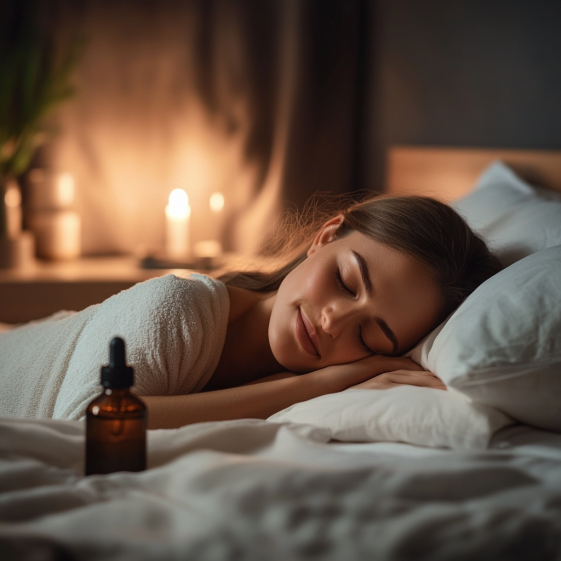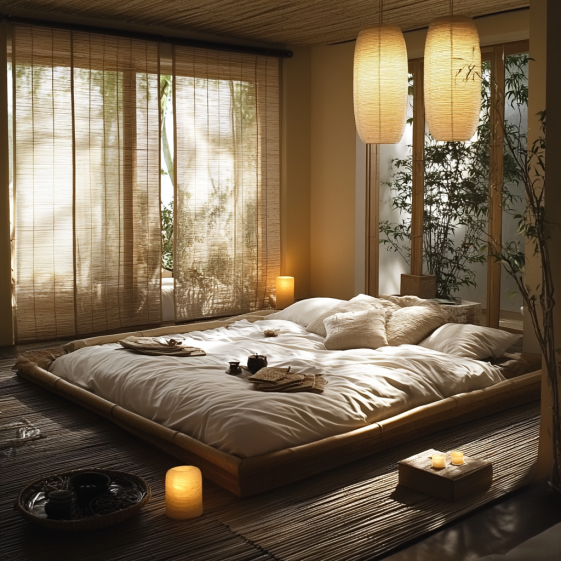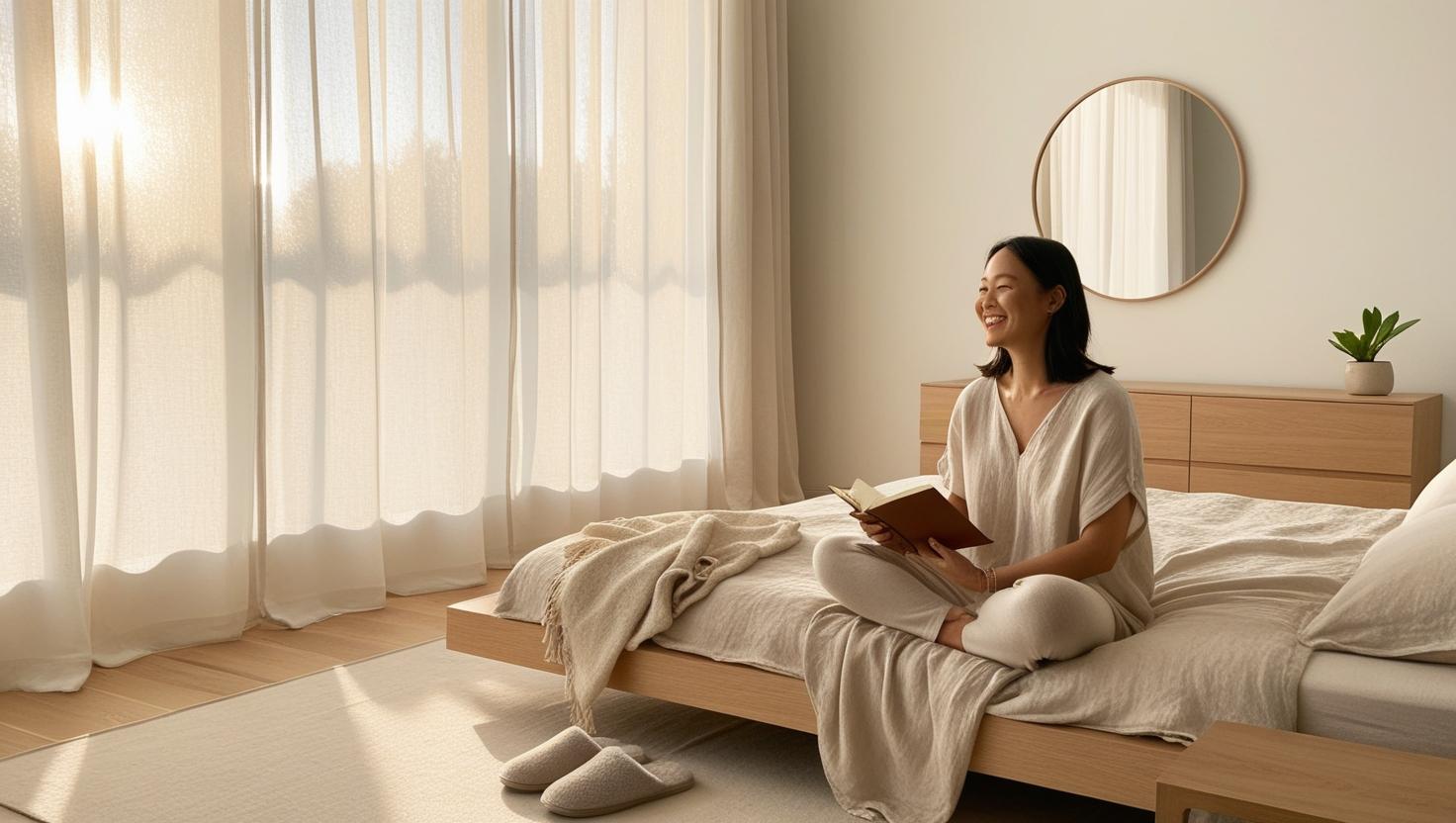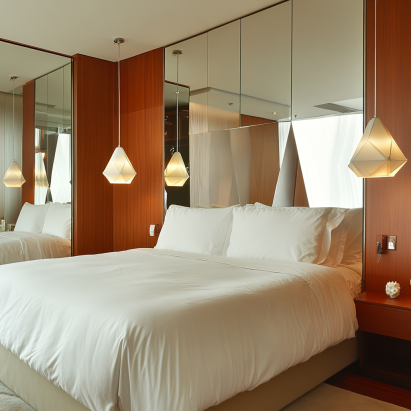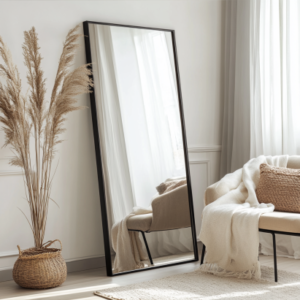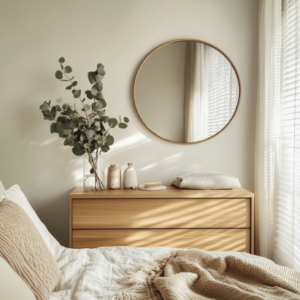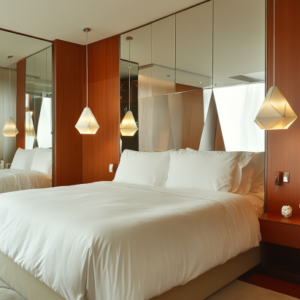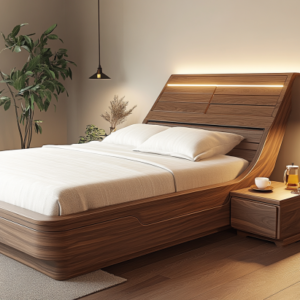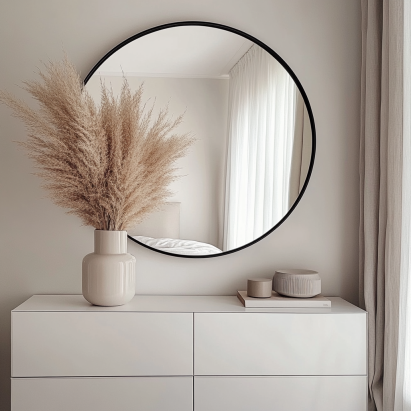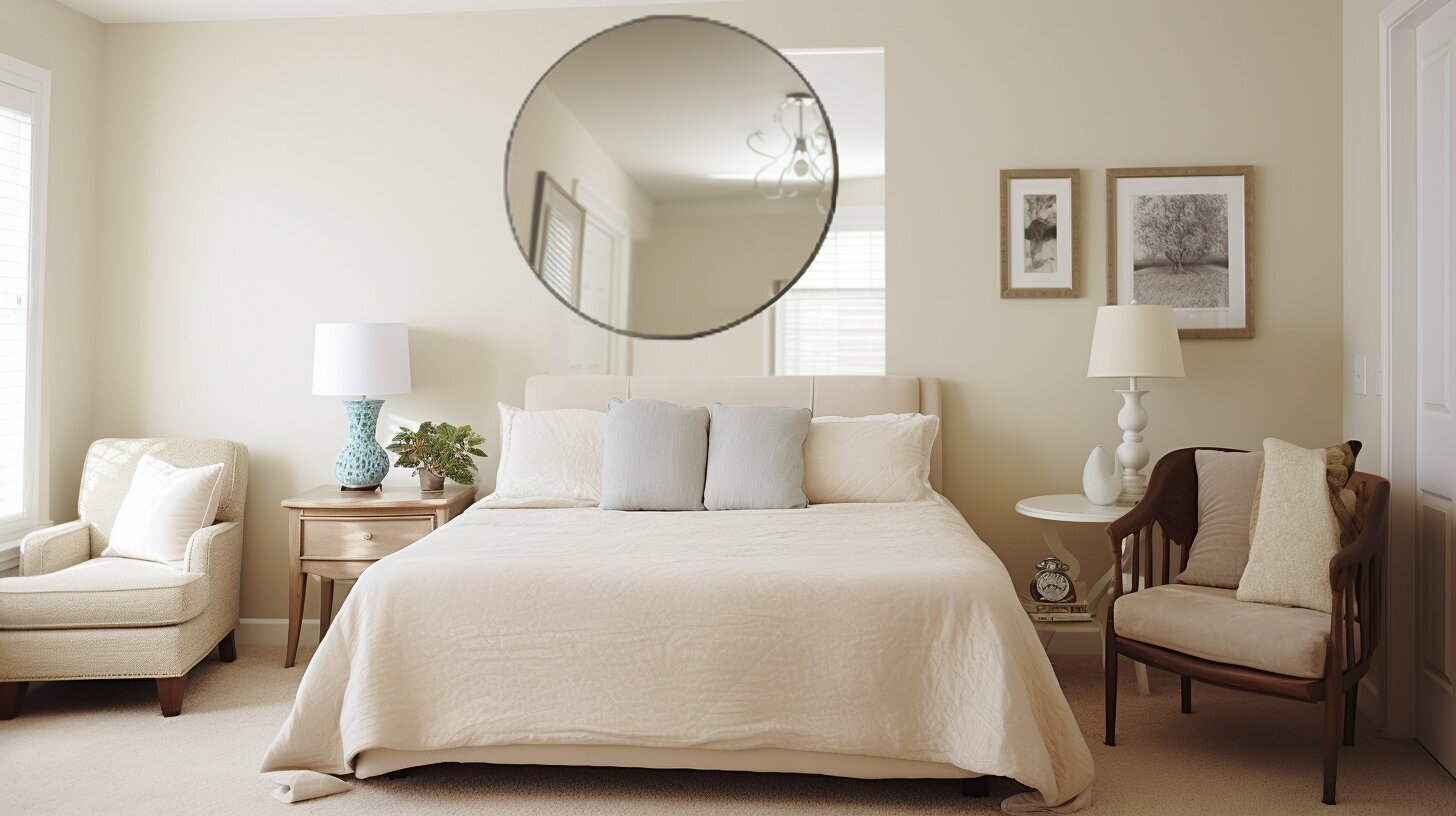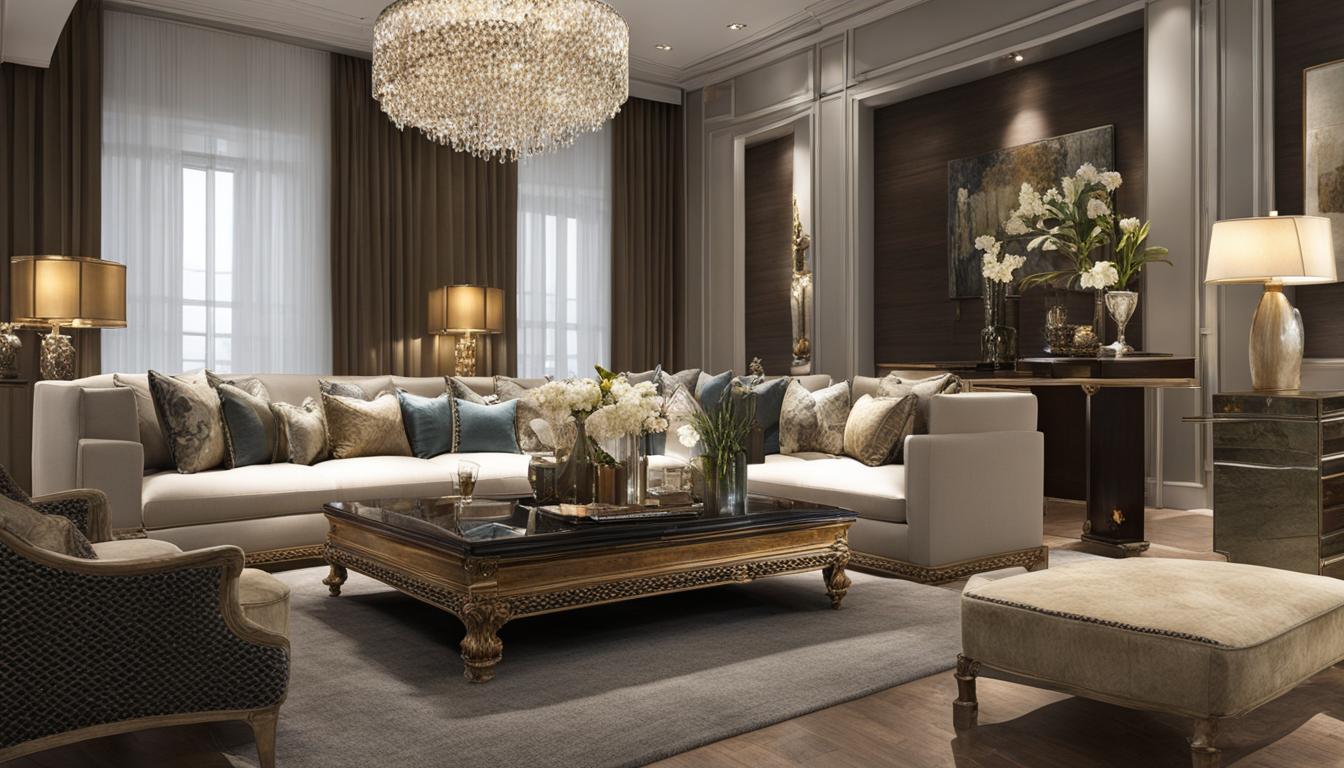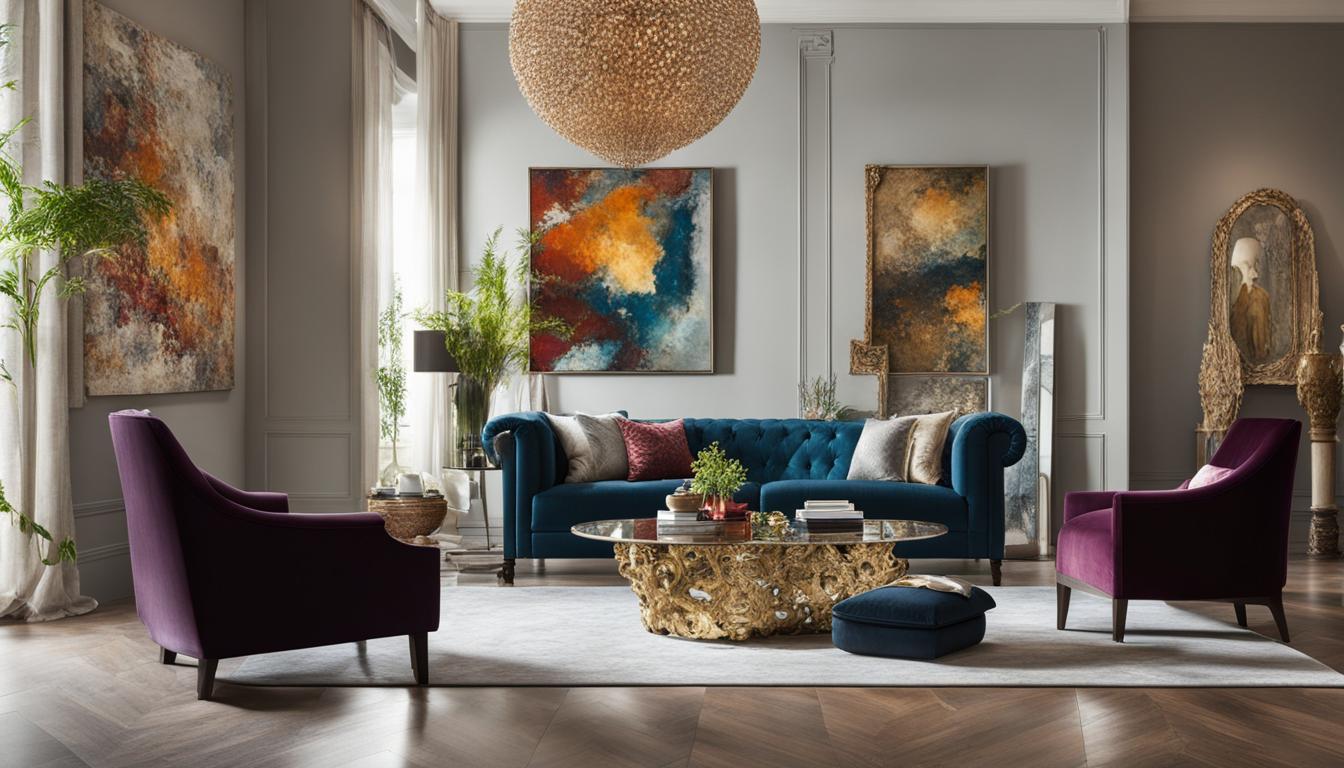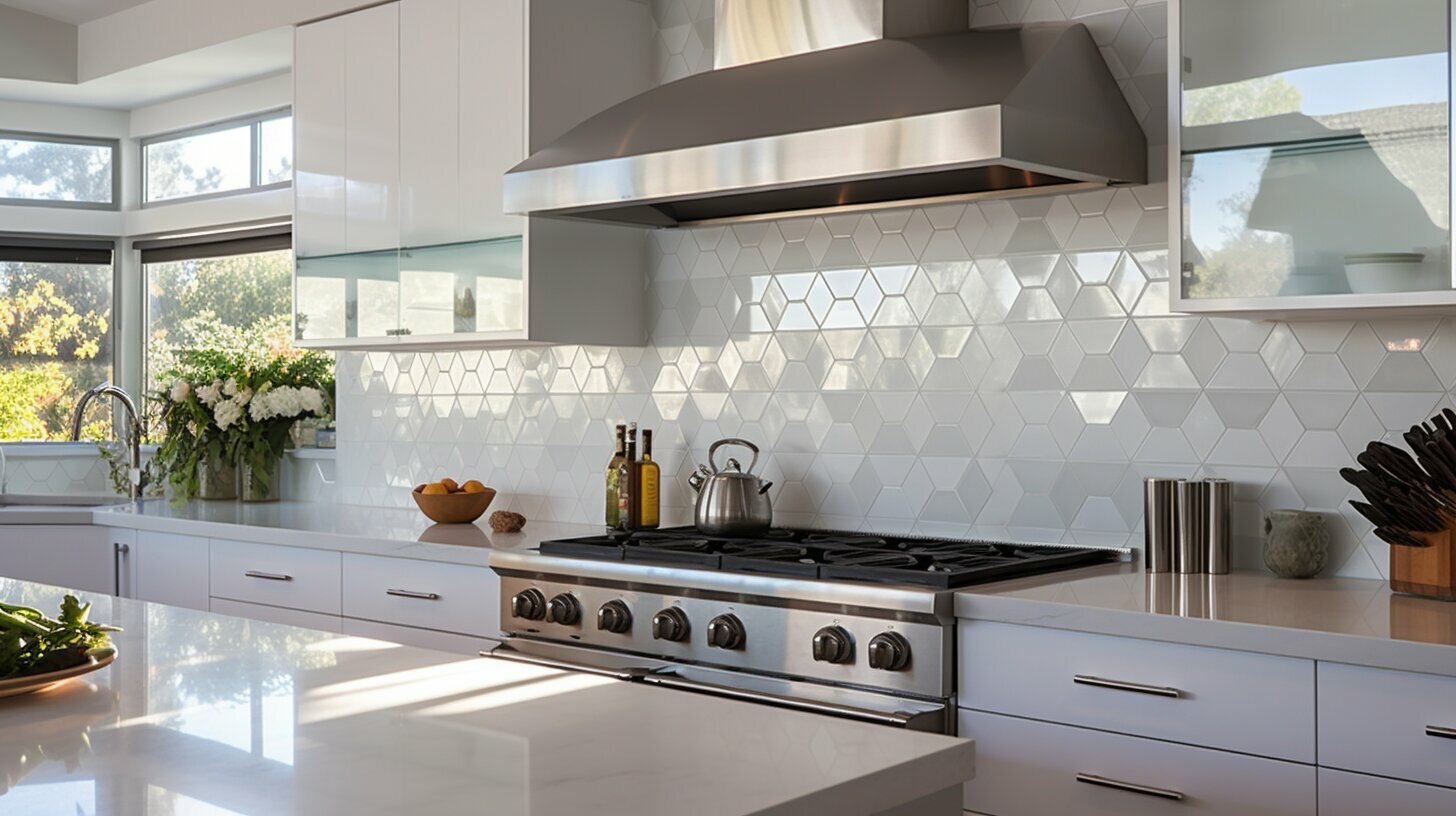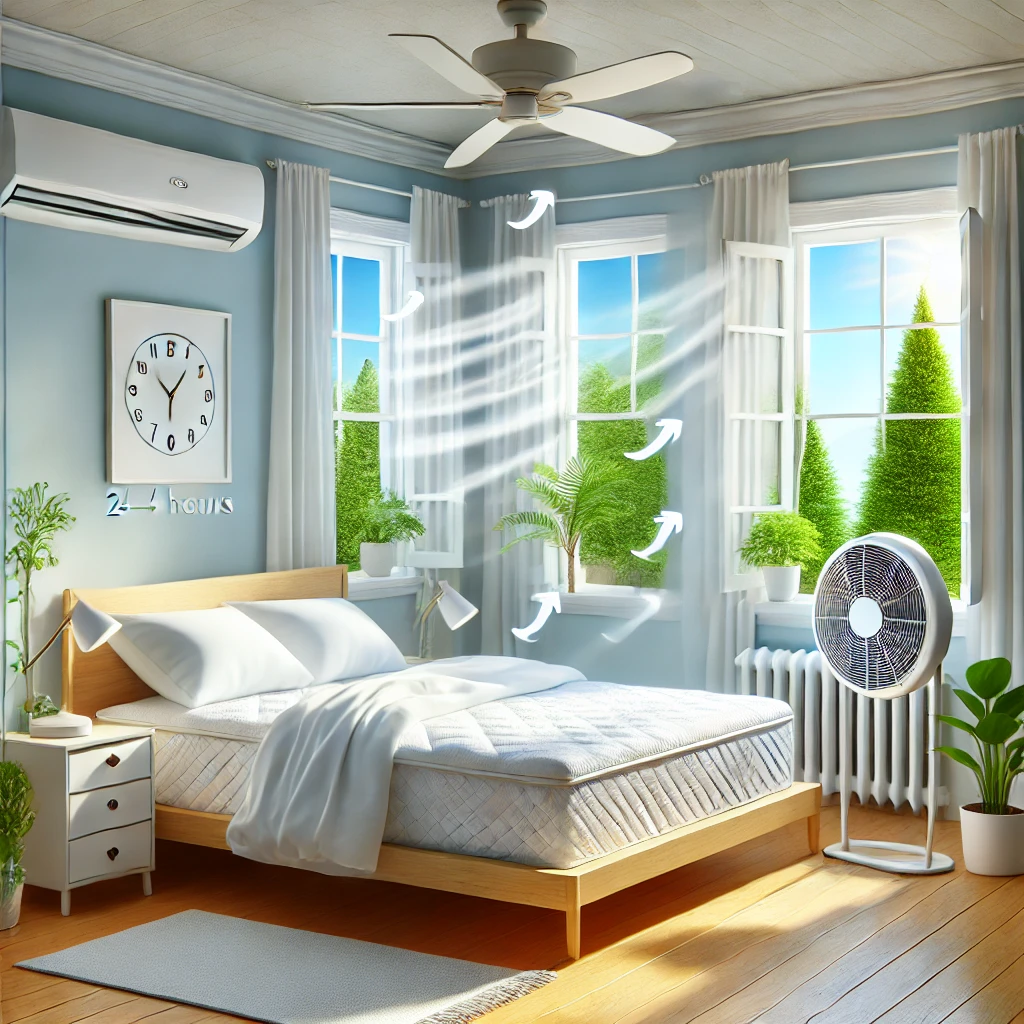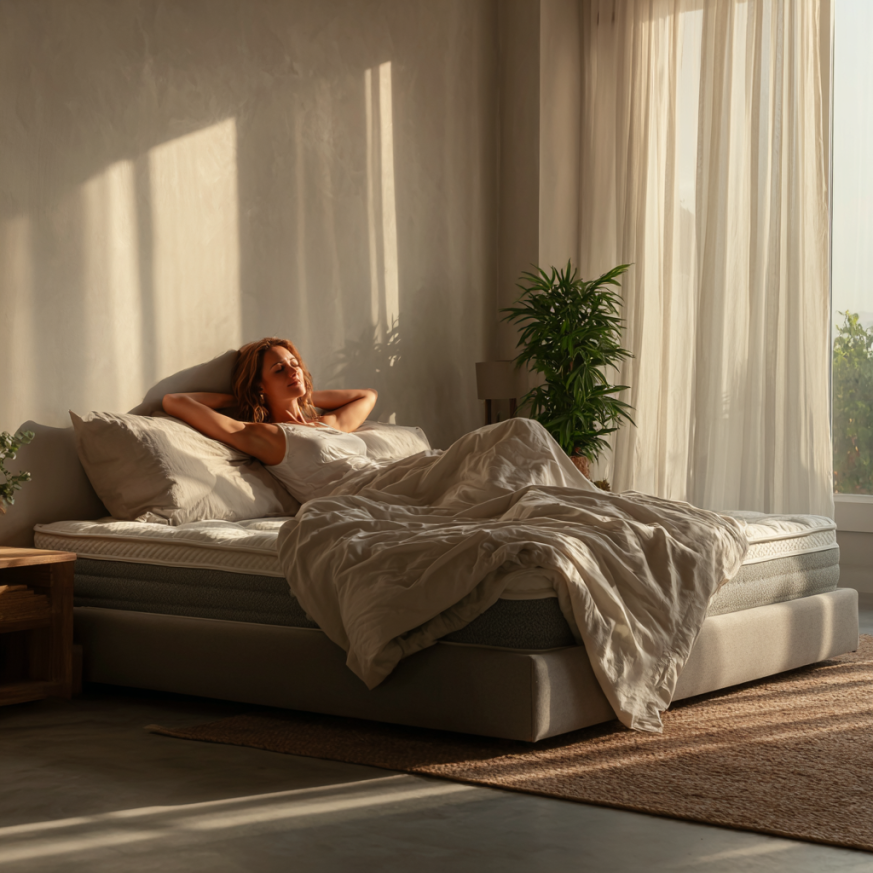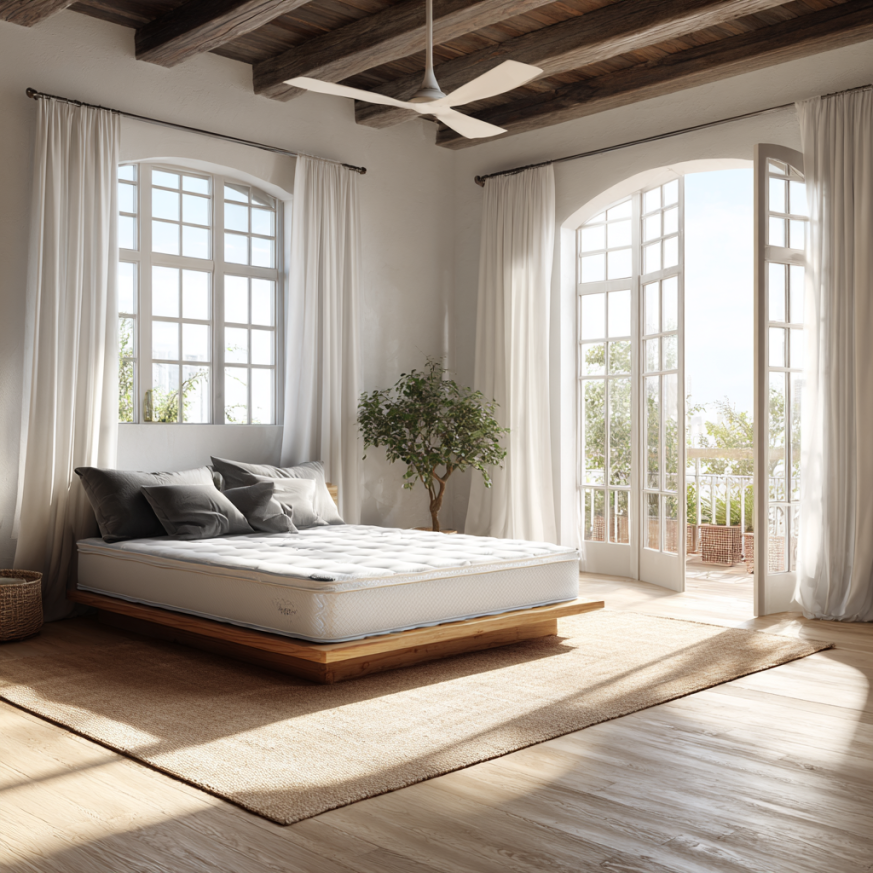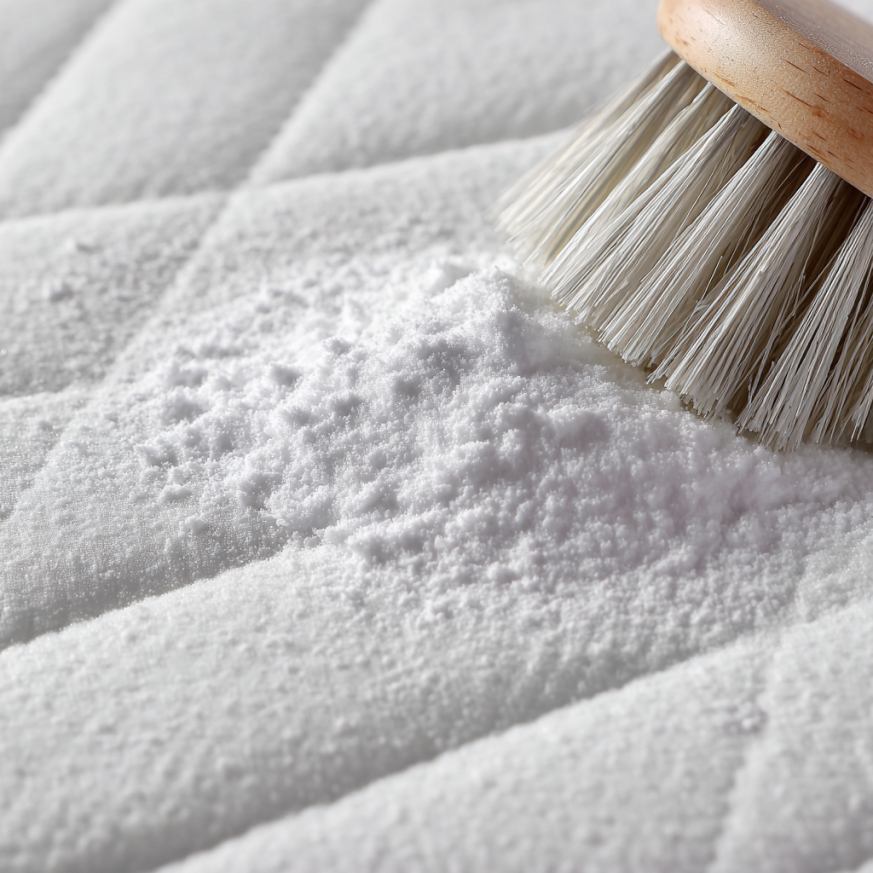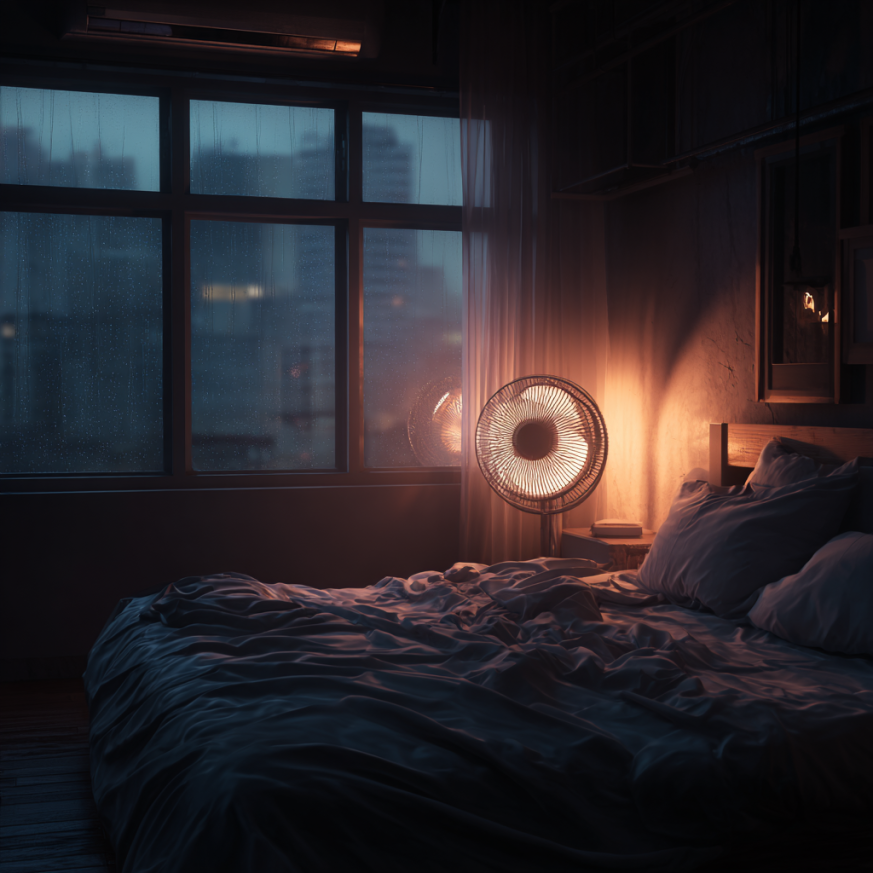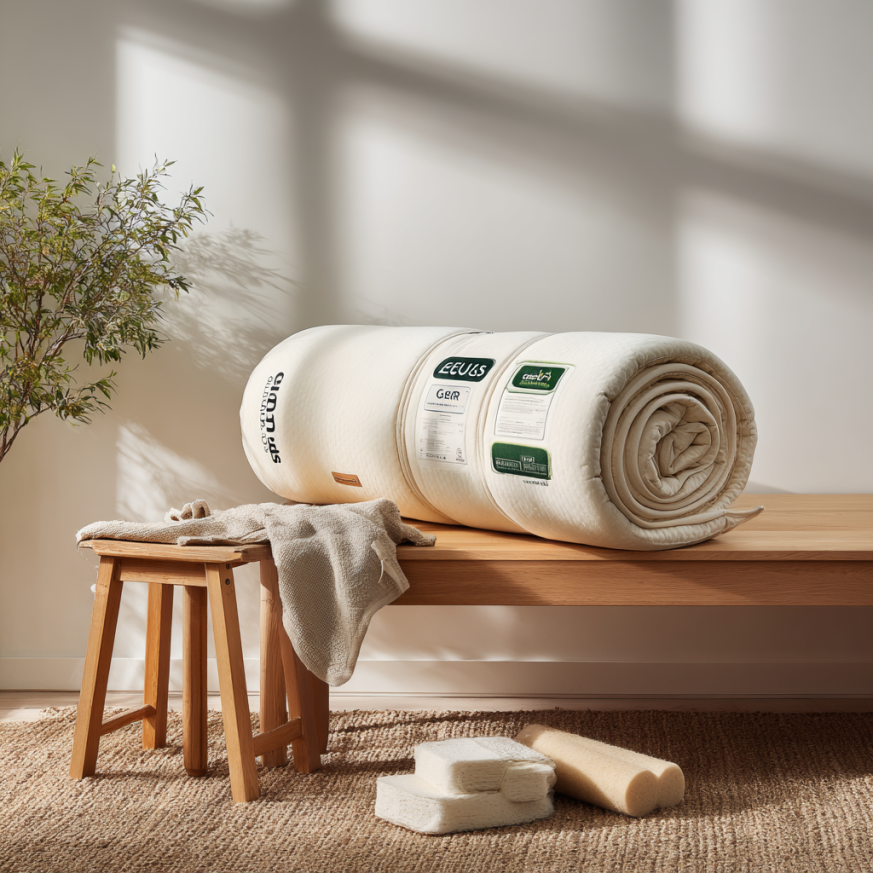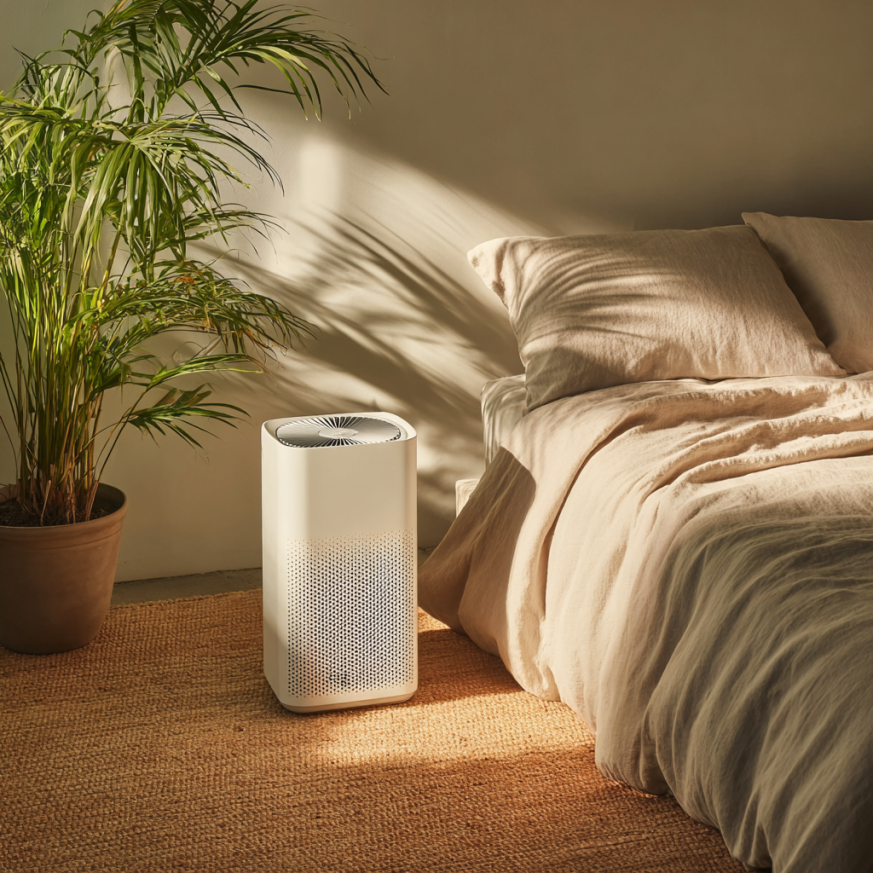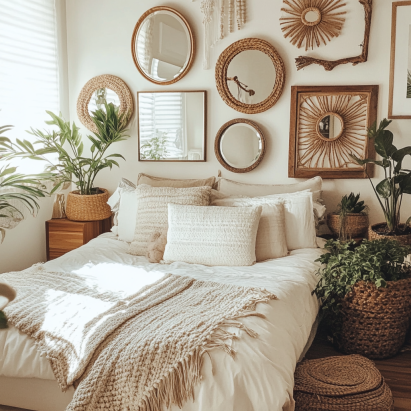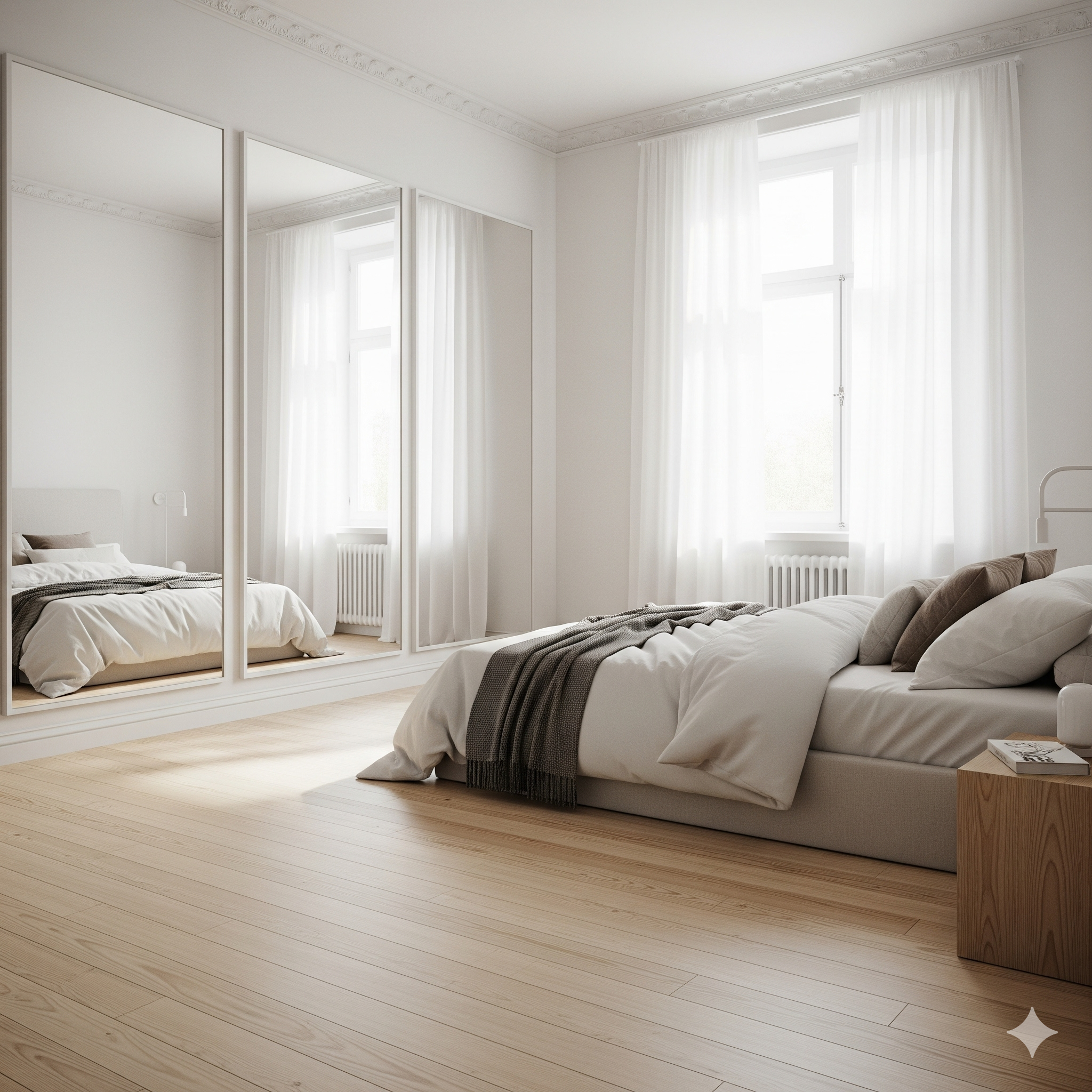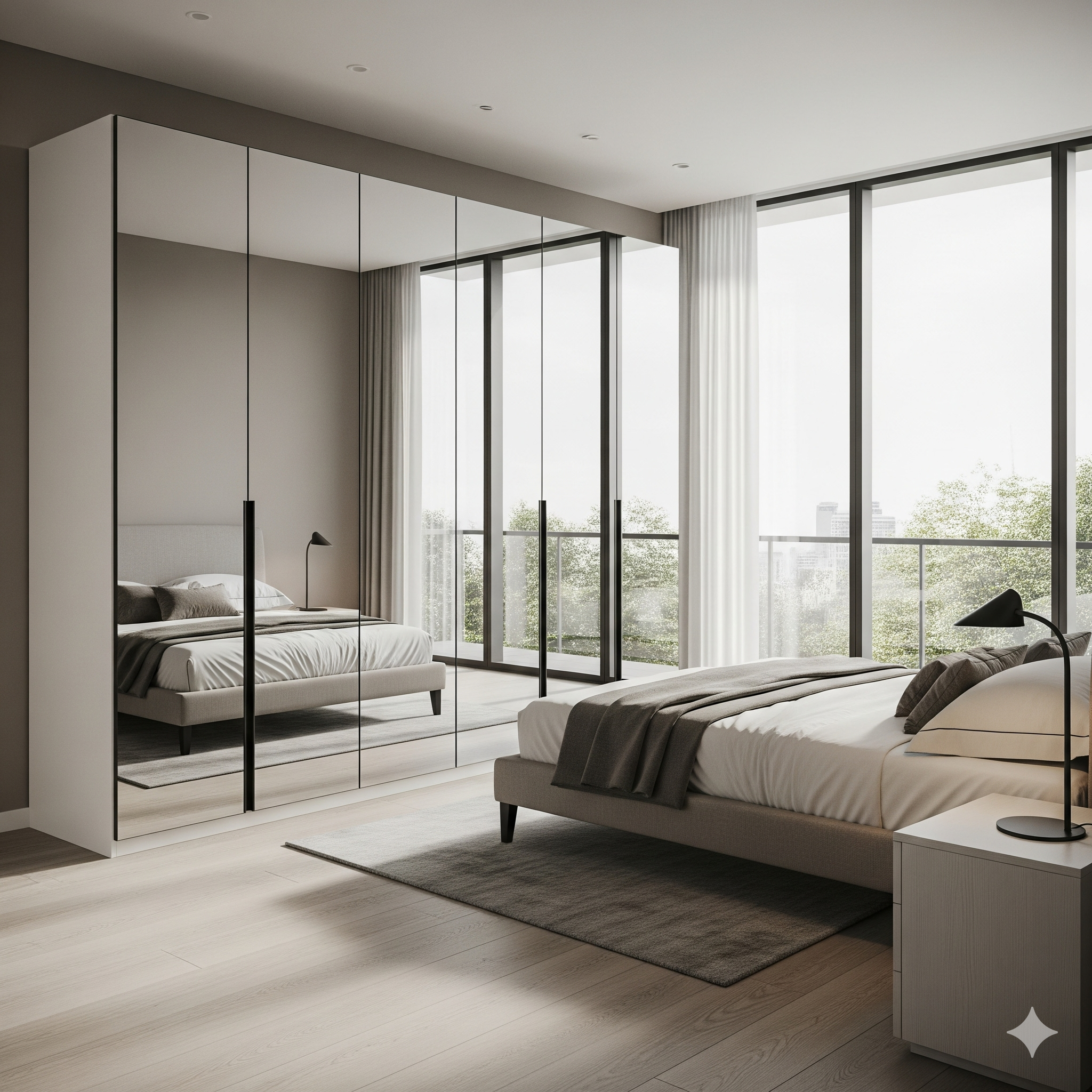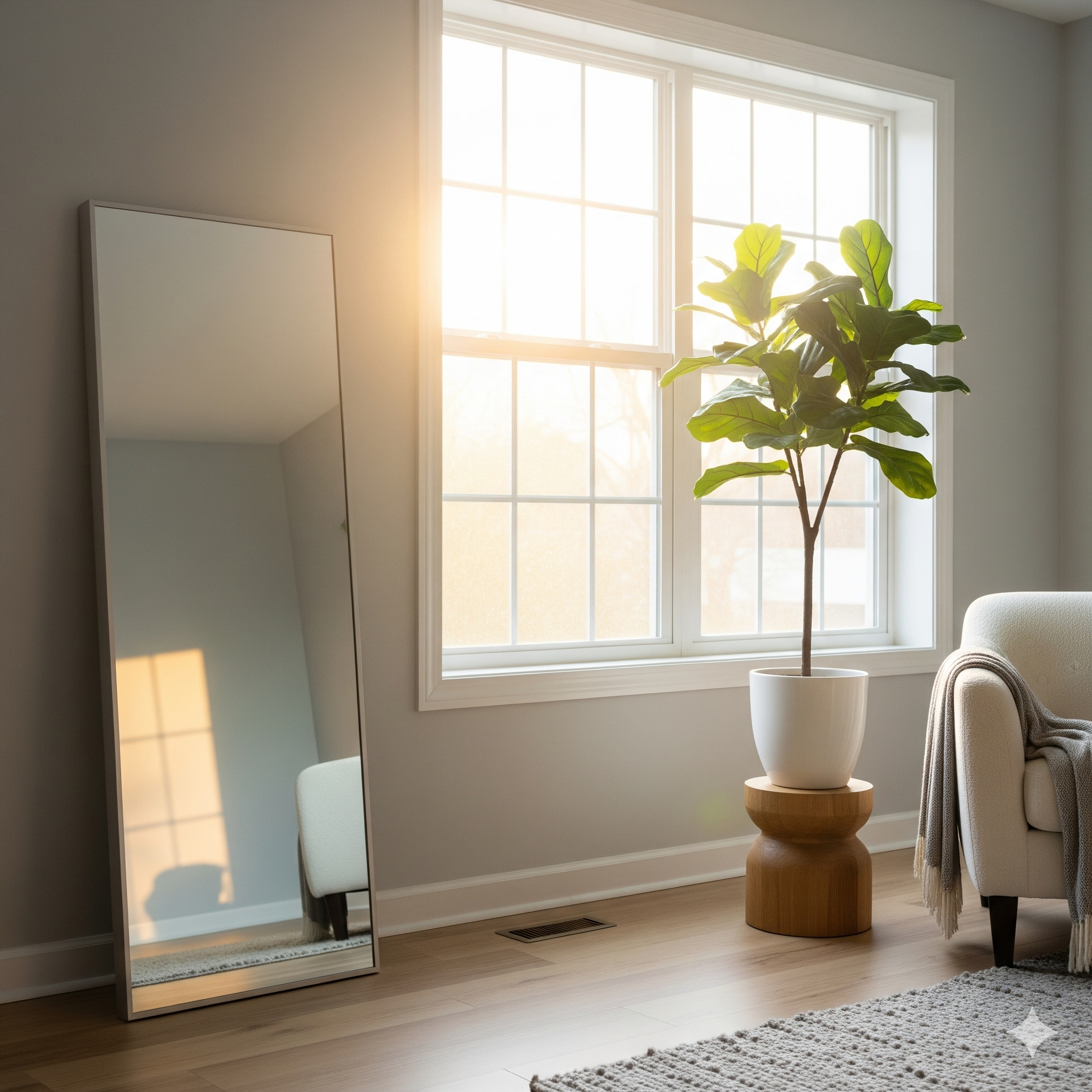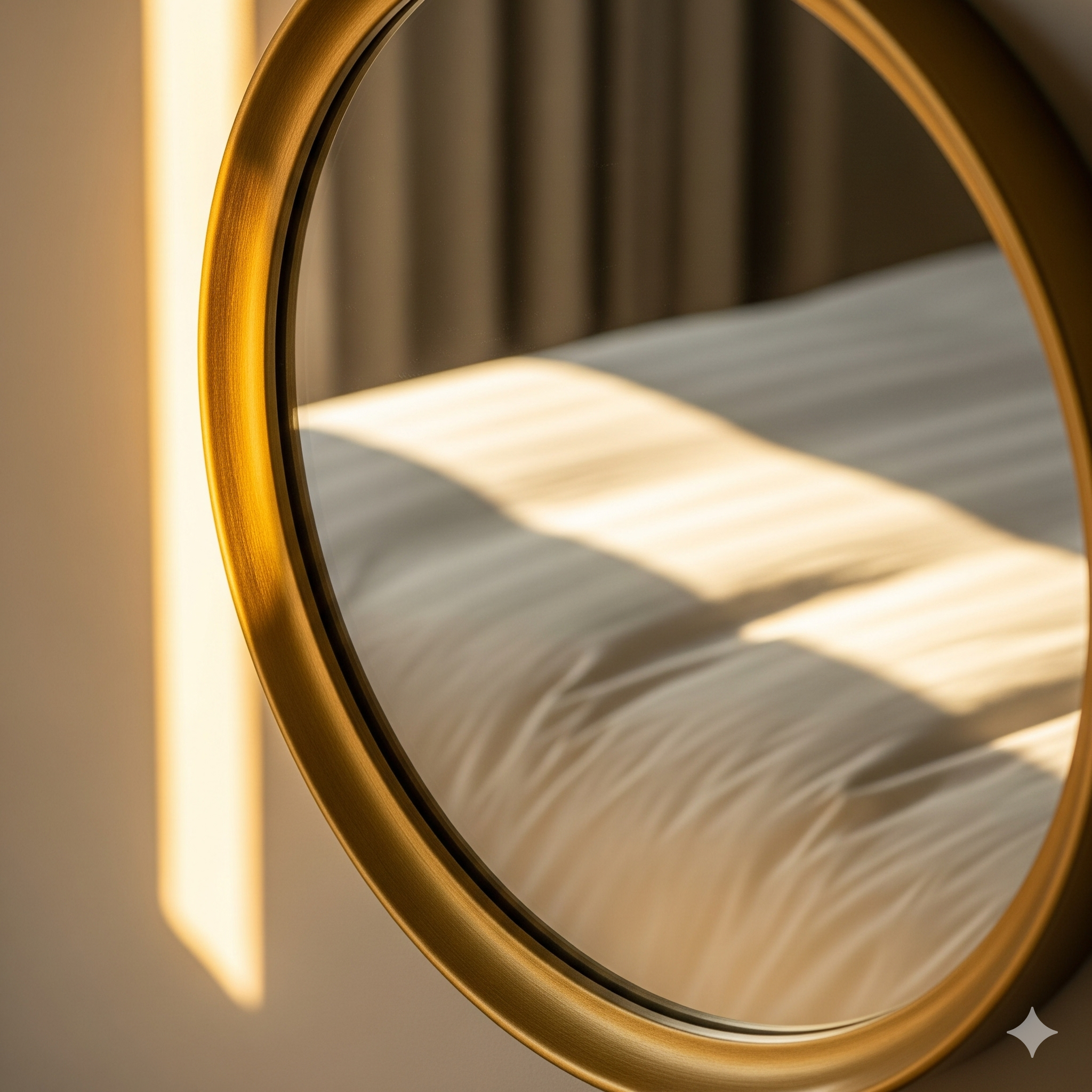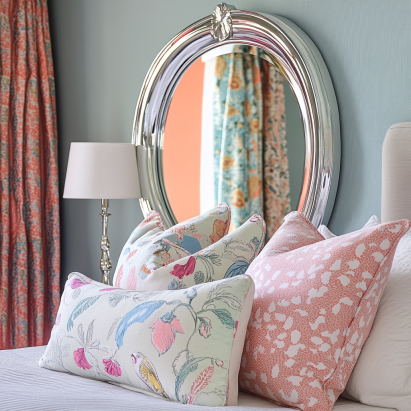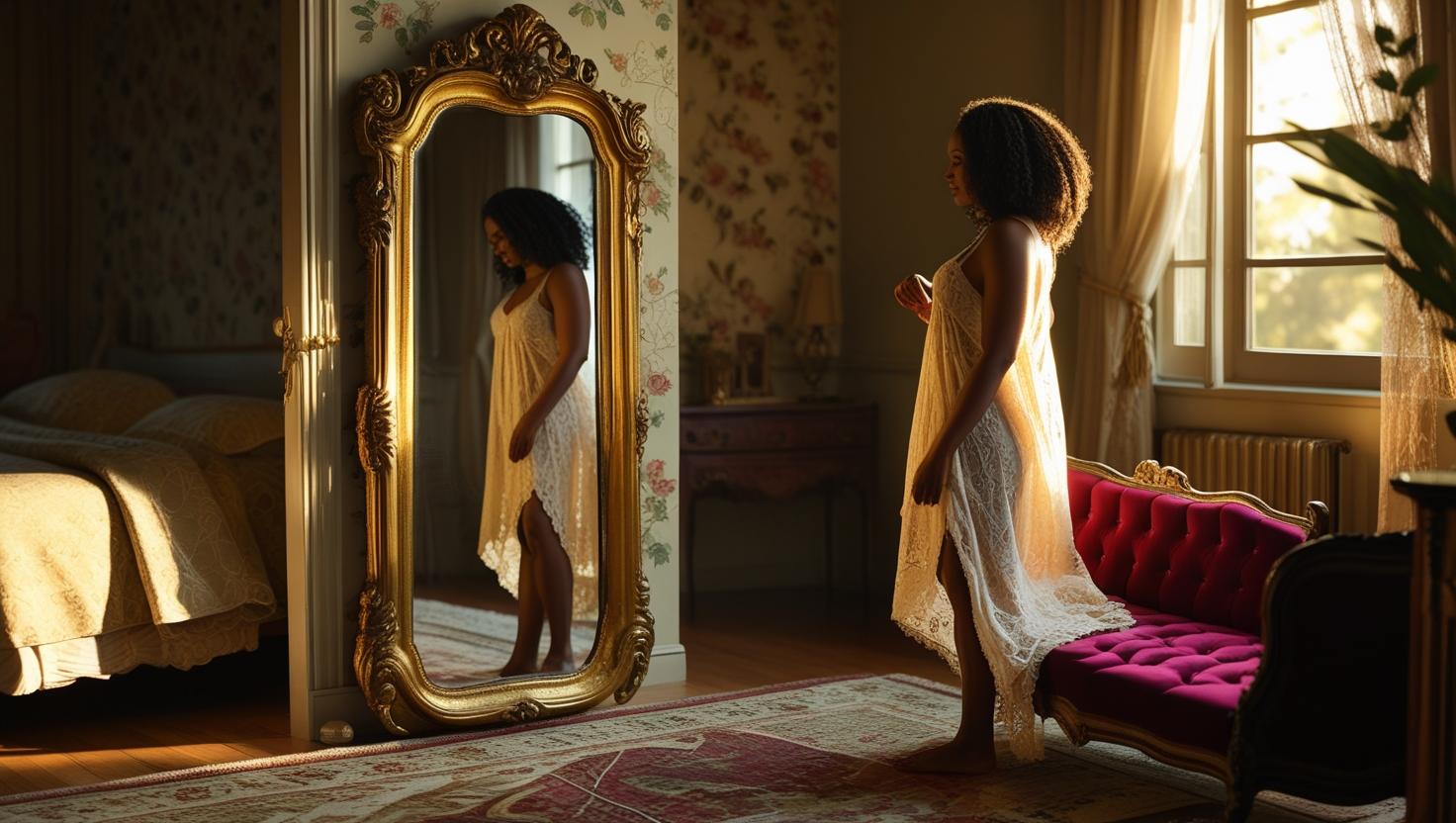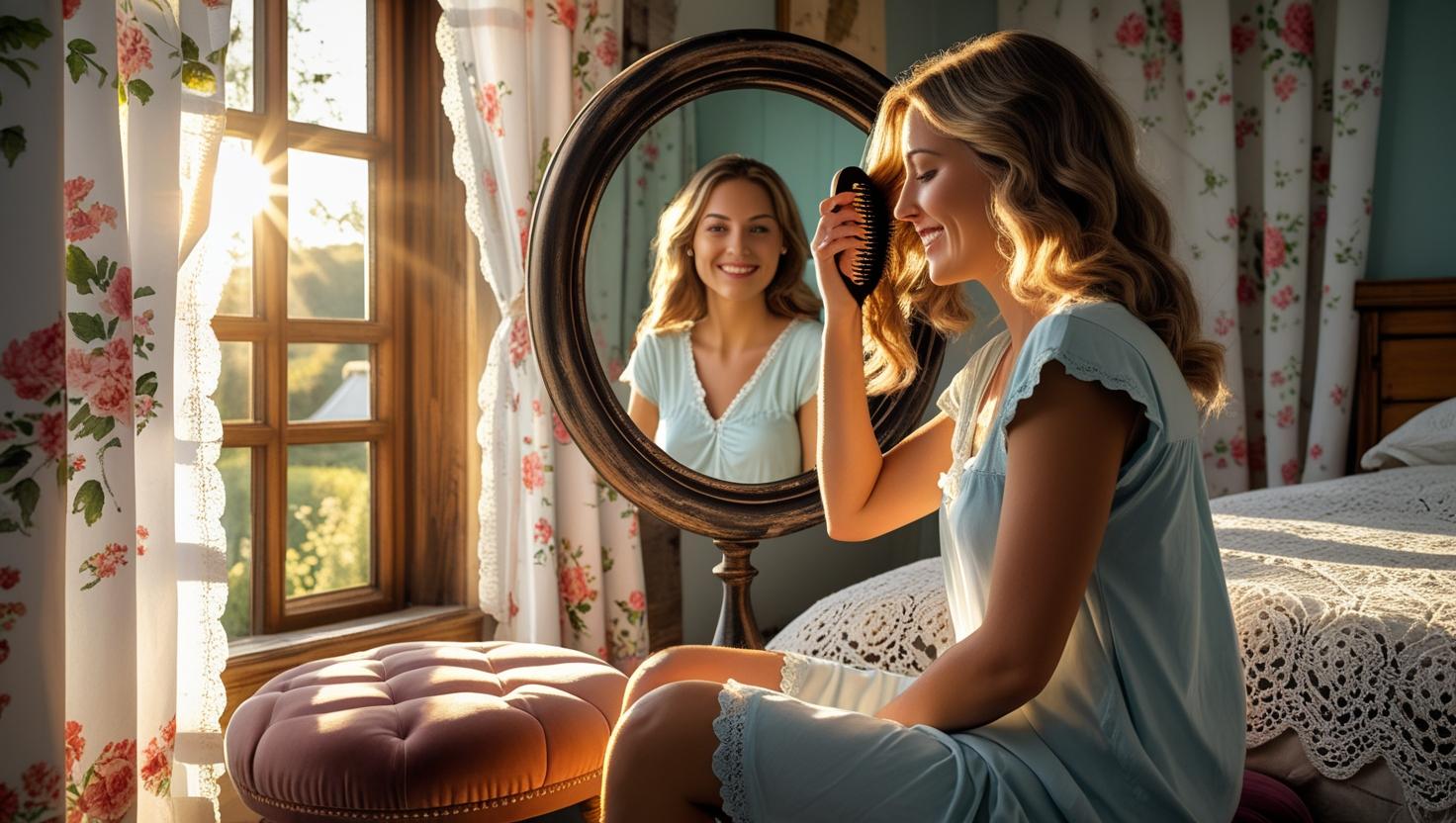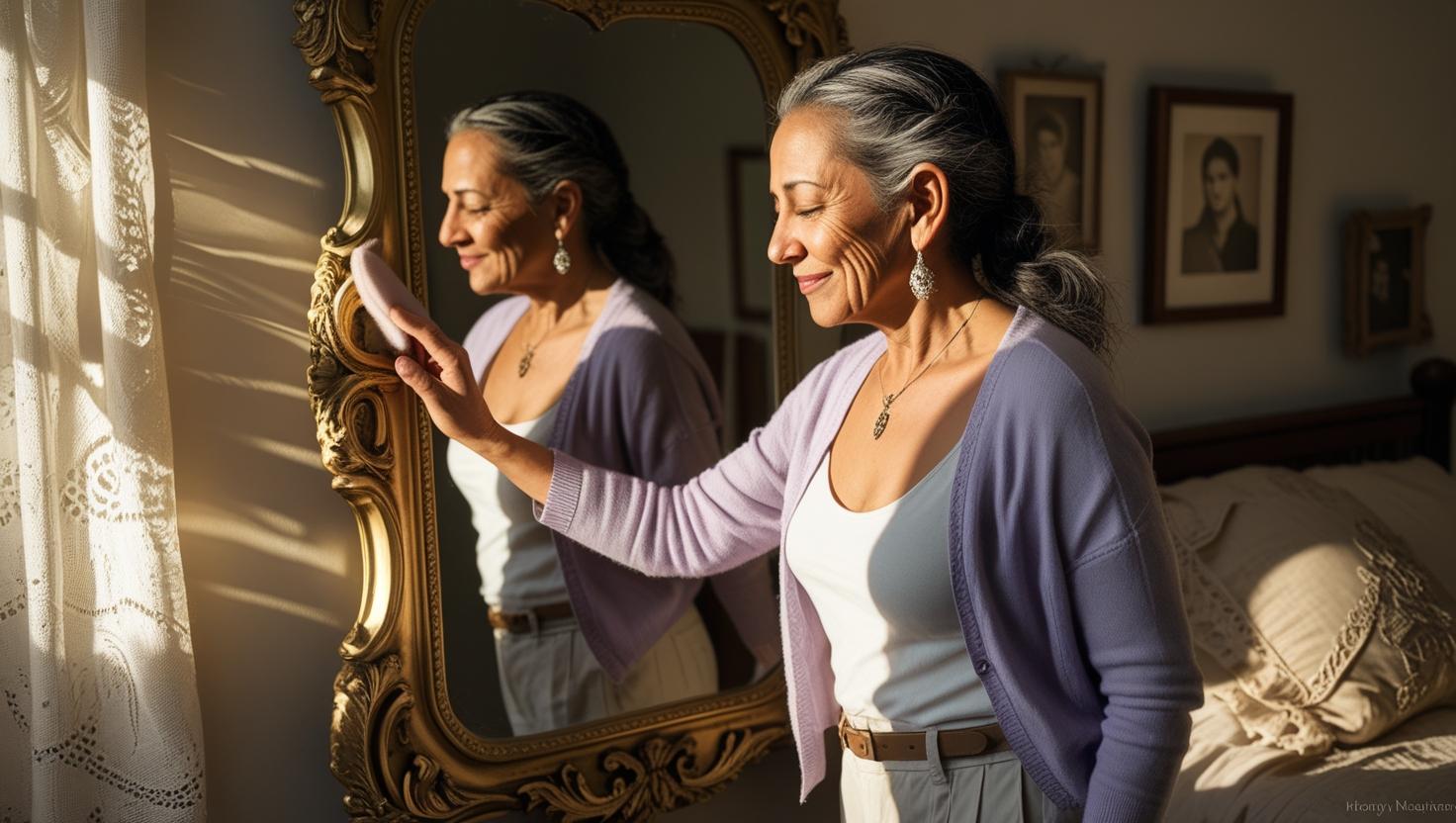Doppelbett Method: Could Separate Mattresses Improve Your Sleep?
The Doppelbett Method—using separate mattresses for couples—is gaining popularity in Germany and Scandinavia for improving sleep quality and comfort. This article explains how it works, its benefits, and whether it’s the right choice for you.
Key Takeaways
- The Doppelbett Method uses two separate mattresses for personalized sleep comfort.
- It reduces motion transfer and improves temperature regulation.
- It may not suit couples who value physical closeness at night.
1. What Is the Doppelbett Method?
The Doppelbett Method refers to a sleeping arrangement where couples use two separate mattresses on the same or separate bed frames. It is popular in Germany, Austria, and Scandinavian countries because it helps both partners sleep better without compromising comfort.
For luxury bedding inspiration, check out Top Hotel Bedding Trends 2025.

How It Works:
- Two separate mattresses placed on a shared bed frame
- Customized firmness and support for each partner
- Reduces movement disturbances from one partner turning in bed
- Allows for individualized bedding choices (duvets, mattress firmness, etc.)
📚 Other Reads: The Science of Sleep: Understanding Sleep Cycles
📌 Explore More: Sleep Science & Technology: Smarter Ways to Rest
2. The Benefits of the Doppelbett Method
Separate mattresses reduce partner disturbances, provide personalized comfort, and improve sleep quality—making it ideal for couples with different sleep needs. For luxury linen tips, visit Peacock Alley’s Linenry Blog.
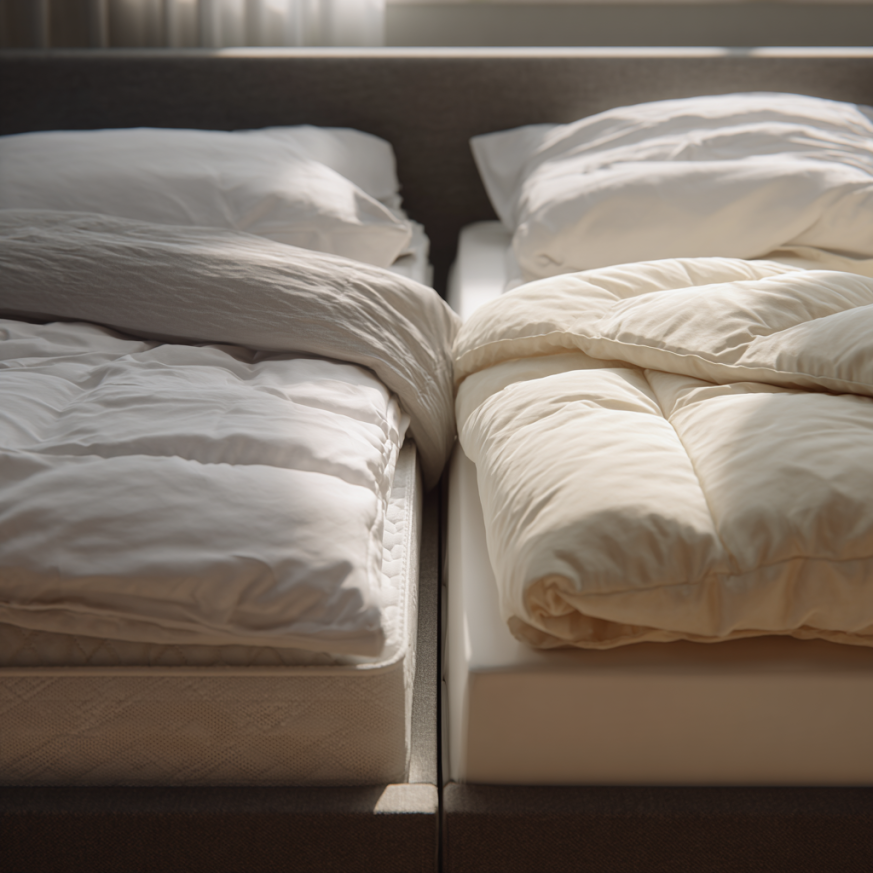
✔ Reduces Motion Transfer
With separate mattresses, movements like tossing and turning, getting up at night, or shifting positions won’t disturb the other person.
✔ Personalized Comfort and Firmness
Each person can choose their ideal mattress firmness, support, and material, which is especially useful for couples with different sleep preferences.
✔ Better Temperature Control
Separate mattresses allow each partner to choose their own bedding to stay warm or cool as needed.
3. Potential Drawbacks of the Doppelbett Method
While the Doppelbett Method has many benefits, it’s not perfect for everyone—particularly couples who value closeness or have limited bedroom space.
You can find more traditional home comfort ideas at Grandmother’s Home Blog.
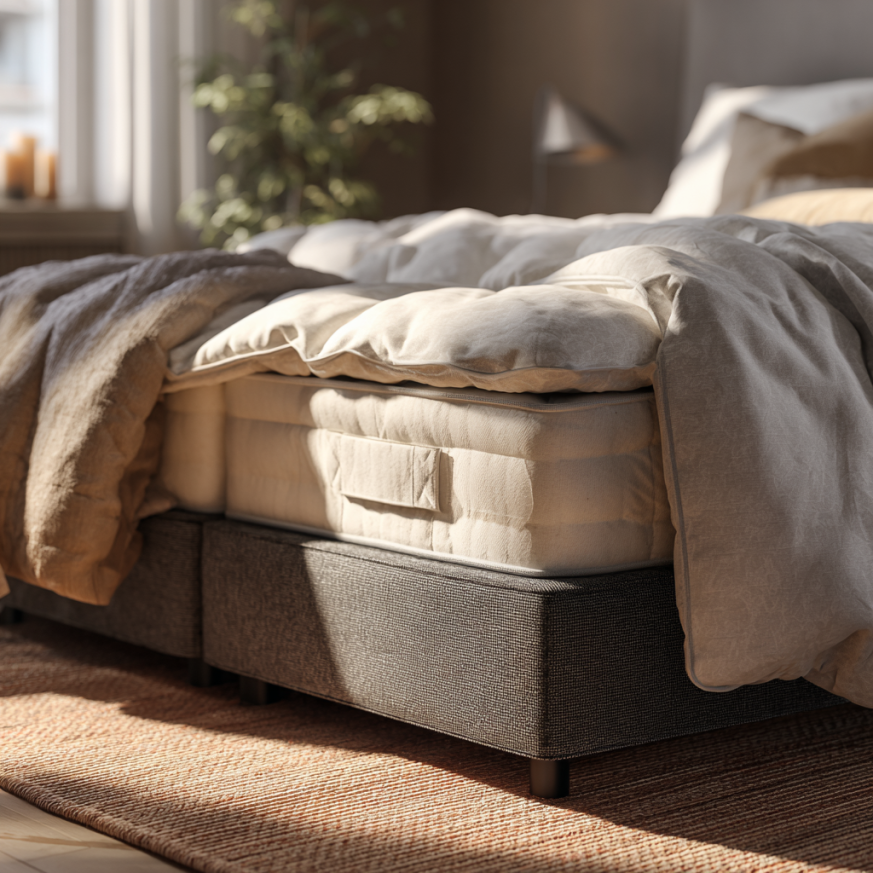
❌ Feeling of Separation
For couples who enjoy physical closeness while sleeping, having separate mattresses might feel like a barrier.
❌ Finding the Right Bed Frame
Some bed frames are not designed to accommodate two separate mattresses, requiring either a customized setup or a dual-mattress-compatible frame.
❌ Aesthetic Concerns
Two mattresses can create a visible gap in the middle of the bed, but a mattress bridge or topper can help reduce this effect.
4. How to Set Up the Doppelbett Method in Your Bedroom
Setting up a Doppelbett arrangement is easy with the right mattresses, frames, and bedding adjustments.
For modern bedroom inspiration, see Apartment Therapy.
✔ Choosing the Right Mattresses
Look for mattresses that fit seamlessly on a shared bed frame or use adjustable bases to further customize the sleep experience.
✔ Using a Mattress Connector
A mattress bridge or foam topper can create a more unified look and feel if you’re concerned about a noticeable gap.
✔ Individualized Bedding Choices
Each person can choose their own duvet, sheets, and pillow type to suit their preferences.
📌 More Customization Options: 10 Proven Hacks for Deep Sleep Optimization
5. Who Should Consider the Doppelbett Method?
This method is ideal for couples with different comfort needs, sleep schedules, or temperature preferences.
✔ Light Sleepers and Restless Sleepers
If you wake up easily from your partner’s movements, separate mattresses can significantly improve sleep quality.
✔ Couples with Different Mattress Preferences
If one partner needs firm support while the other prefers a plush feel, the Doppelbett Method is ideal.
✔ Those Struggling with Temperature Differences
Separate mattresses allow partners to choose different bedding materials for individual temperature control.
📌 More Sleep Insights: Minimalist Bedroom Decor: Creating a Clutter-Free Sanctuary
Conclusion: Should You Try the Doppelbett Method?
The Doppelbett Method offers a practical, customizable, and sleep-enhancing solution for couples who struggle with different mattress preferences, movement disturbances, and temperature regulation.

📌 More Sleep & Comfort Tips:
FAQ
- What is the Doppelbett Method?
- It is a sleep arrangement using two separate mattresses for couples, improving comfort, motion isolation, and temperature control.
- Is the Doppelbett Method right for every couple?
- No, some may find it creates emotional distance or dislike the visual separation, but it works well for those prioritizing sleep quality.
- Can the Doppelbett Method still feel intimate?
- Yes, many couples use mattress bridges or shared duvets to maintain closeness while benefiting from individual comfort.


